What Is The Best Way To Filter Drinking Water
:max_bytes(150000):strip_icc()/NewWaveEnviro10StageWaterFilterSystem-5bf42cd5c9e77c002704fe35.jpg)
In an era defined by growing environmental concerns and heightened awareness of public health, the quest for clean, safe drinking water has become paramount. From concerns about aging infrastructure leaching contaminants to the ever-present threat of emerging pollutants, the need for effective water filtration has never been more urgent.
Determining the "best" way to filter drinking water isn't a one-size-fits-all answer. The optimal method depends on the specific contaminants present in your water source, your budget, and your consumption habits. This article explores the various filtration methods available, drawing on data from reputable organizations like the Environmental Protection Agency (EPA) and the World Health Organization (WHO), to provide a comprehensive guide to making informed decisions about water purification.
Understanding Your Water Quality
Before choosing a filtration system, it's crucial to understand what you're trying to filter out. The first step is to test your water, especially if you rely on a private well. The EPA recommends that well owners test their water annually for bacteria, nitrates, and other local contaminants.
Municipal water supplies are regularly tested, and results are typically available in annual water quality reports, also known as Consumer Confidence Reports (CCRs). Reviewing these reports can help identify potential issues specific to your region.
Types of Water Filtration Systems
Boiling
Boiling is the simplest and most accessible method, effectively killing most bacteria and viruses. The WHO advises boiling water for at least one minute (three minutes at high altitudes). However, boiling doesn't remove sediment, chemicals, or heavy metals.
Pitcher Filters
Pitcher filters, like those from Brita or PUR, utilize activated carbon to reduce chlorine, lead, and some other contaminants. They are relatively inexpensive and easy to use, but they have a limited capacity and require frequent filter replacements.
Faucet Filters
Faucet filters attach directly to your faucet, providing filtered water on demand. They offer a higher flow rate than pitcher filters and often have longer filter lifespans. However, they may not be compatible with all faucet types.
Countertop Filters
Countertop filters sit on your counter and connect to your faucet via a hose. They typically offer better filtration than pitcher or faucet filters, often using multiple filtration stages. Installation is generally simple, but they do take up counter space.
Under-Sink Filters
Under-sink filters are installed beneath the sink and connect to a separate dedicated faucet. They provide a high volume of filtered water and are often more powerful than countertop models, using technologies like reverse osmosis.
Whole-House Filters
Whole-house filters are installed on the main water line, filtering all the water entering your home. They are effective at removing sediment, chlorine, and other contaminants that can affect your plumbing and appliances. However, they may not target specific contaminants as effectively as point-of-use filters.
Key Filtration Technologies
Activated Carbon
Activated carbon filters are widely used to remove chlorine, taste, odor, and volatile organic compounds (VOCs). They work by adsorbing contaminants onto the surface of the carbon. Different types of activated carbon are available, each with varying effectiveness for specific contaminants.
Reverse Osmosis (RO)
Reverse osmosis systems use pressure to force water through a semi-permeable membrane, effectively removing a wide range of contaminants, including heavy metals, bacteria, and viruses. RO systems are very effective but can waste water and require regular maintenance.
UV Disinfection
Ultraviolet (UV) disinfection systems use UV light to kill bacteria, viruses, and other microorganisms. UV disinfection is a chemical-free method that doesn't alter the taste or odor of water. It's often used in conjunction with other filtration methods.
Distillation
Distillation involves boiling water and collecting the steam, leaving behind contaminants. Distillation effectively removes many contaminants, but it's an energy-intensive process and can remove beneficial minerals.
Choosing the Right System
Consider these factors when selecting a water filtration system: the specific contaminants you need to remove, the volume of water you need to filter, your budget, and the ease of installation and maintenance. Look for systems that are NSF International certified, ensuring they meet industry standards for performance and safety.
Read customer reviews and compare specifications carefully before making a purchase. Don't hesitate to consult with a water treatment professional to determine the best solution for your needs.
The Future of Water Filtration
The future of water filtration is likely to see advancements in nanotechnology, creating more efficient and targeted filtration systems. Sensor technology will enable real-time monitoring of water quality, providing users with immediate feedback on the effectiveness of their filtration systems.
As concerns about emerging contaminants like microplastics and PFAS (per- and polyfluoroalkyl substances) grow, research and development efforts will focus on developing effective filtration methods for these substances. Investing in water filtration is an investment in your health and well-being. By understanding the various options available and choosing a system that meets your specific needs, you can ensure access to clean, safe drinking water for yourself and your family.
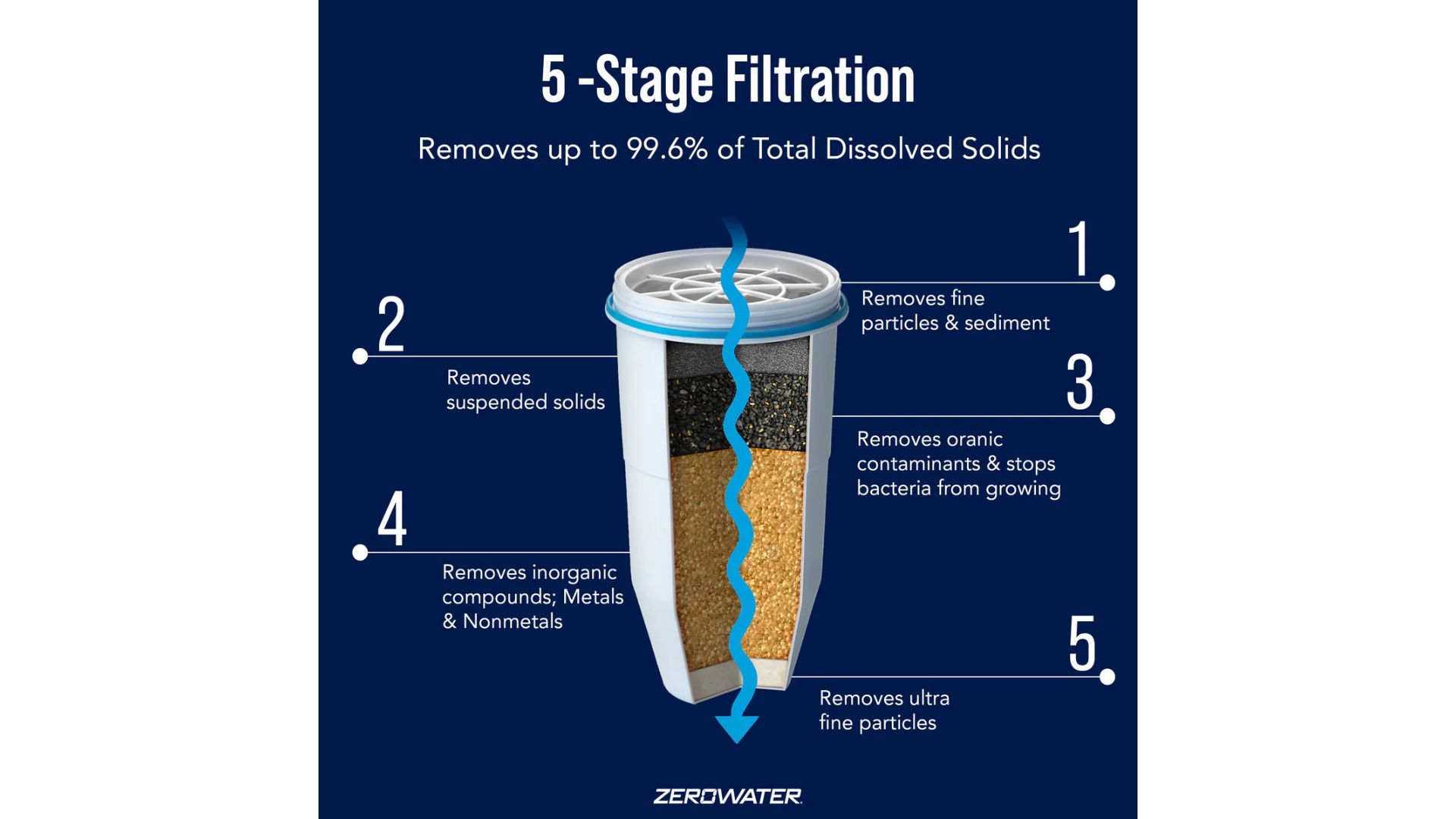
![What Is The Best Way To Filter Drinking Water How To Filter Tap Water - A Helpful [Year] Guide - Kitchen Guru | Water](https://i.pinimg.com/originals/e2/d2/3d/e2d23db4a402d916c8cfb11cc2c22006.jpg)
:max_bytes(150000):strip_icc()/71bEmhhTEL._AC_SL1500_-0c820f076b704b639c0197e8004c7ee8.jpg)



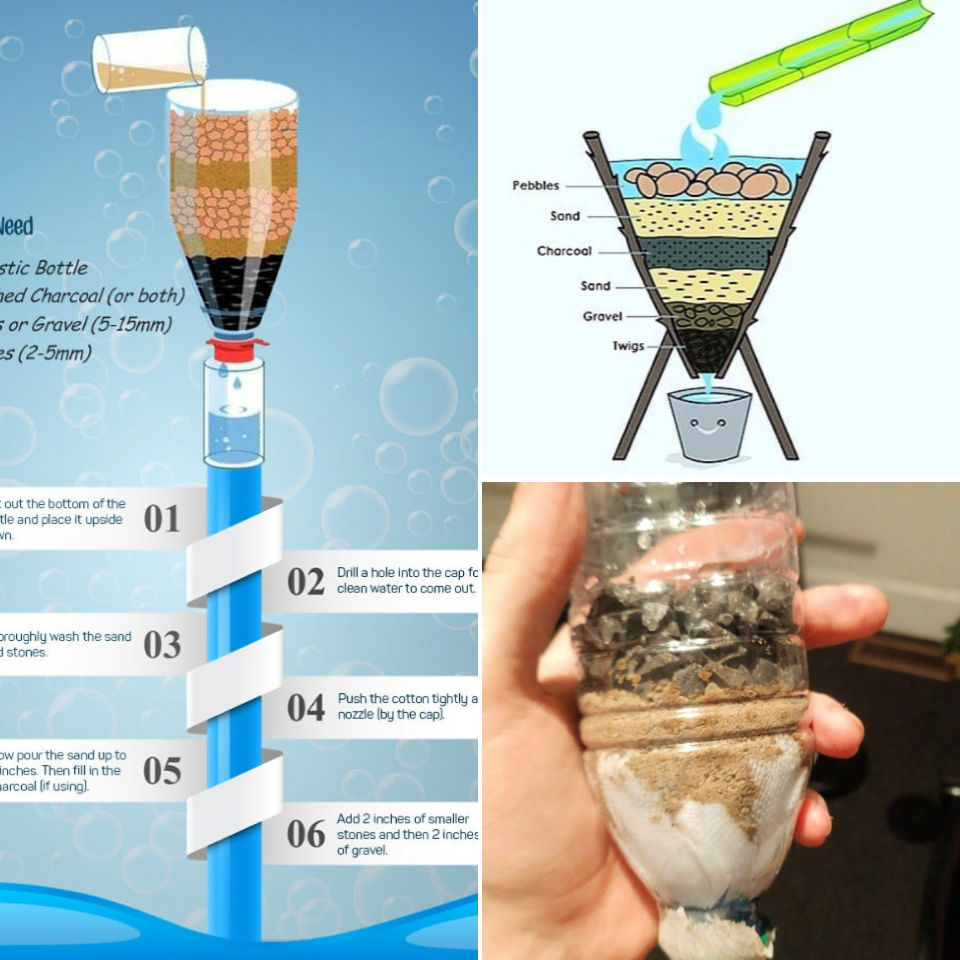
![What Is The Best Way To Filter Drinking Water How To Filter Tap Water - A Helpful [Year] Guide - Kitchen Guru](https://i.pinimg.com/736x/e7/98/ac/e798ac36d9aaef20ae5f71a8ea6af9cc.jpg)
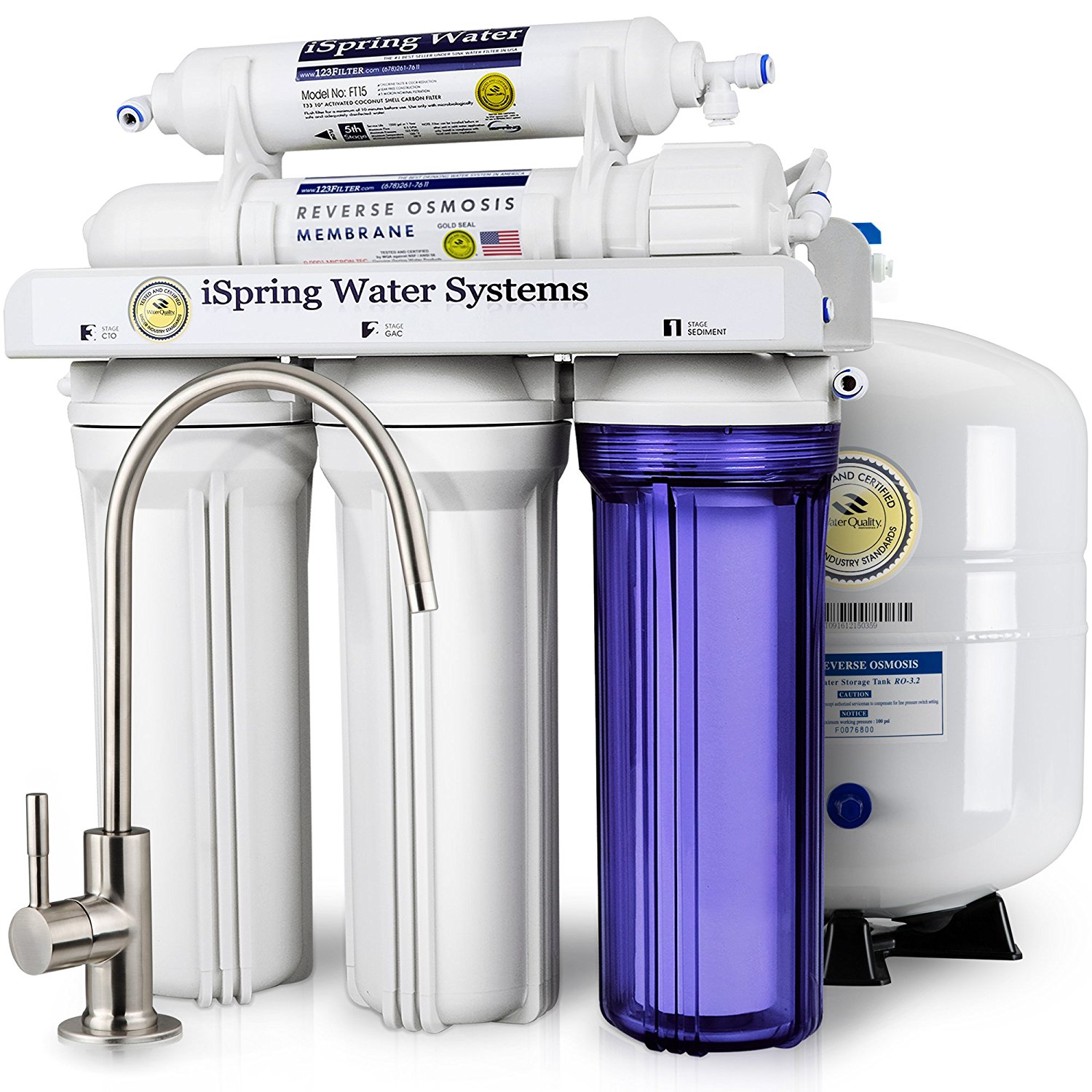
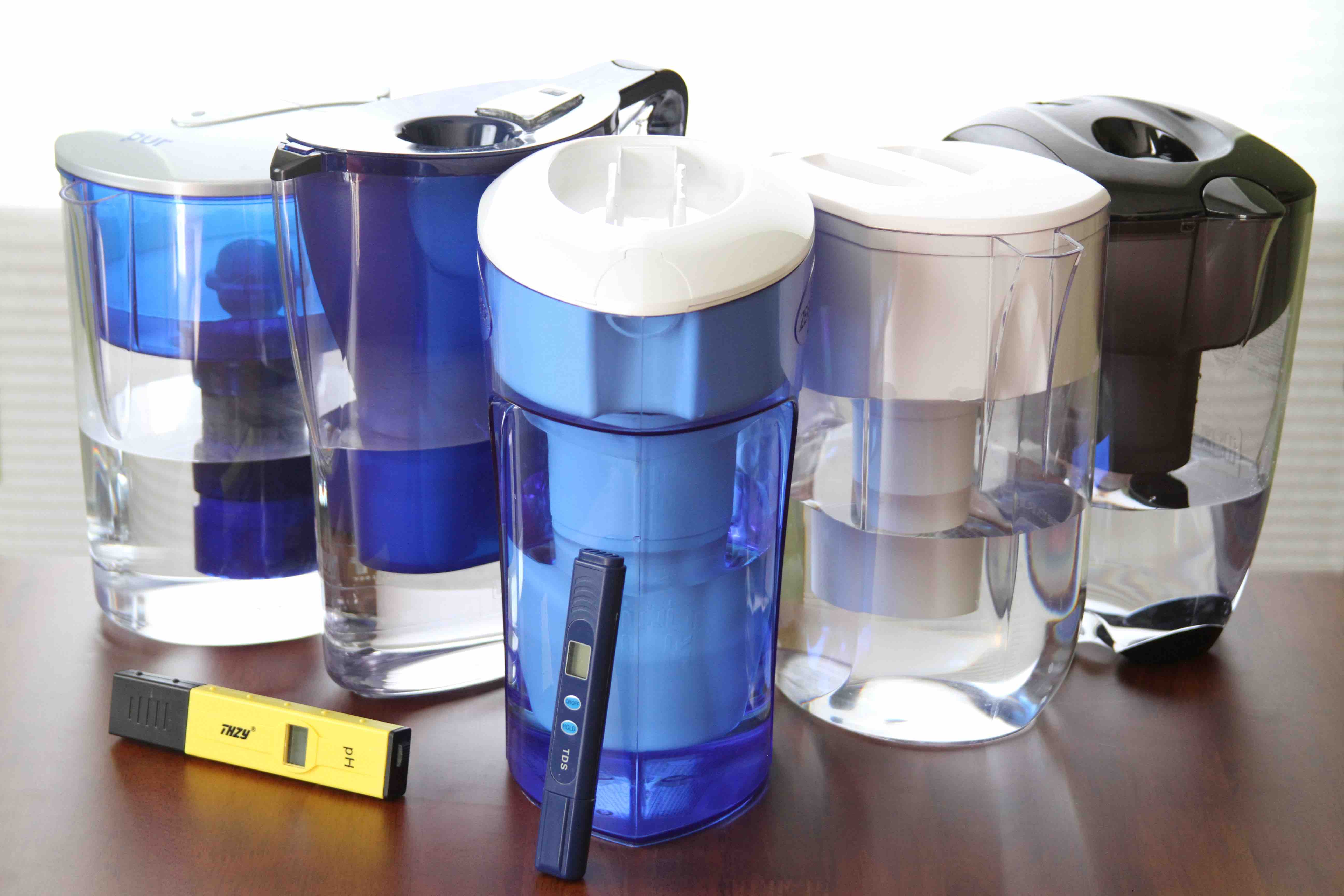
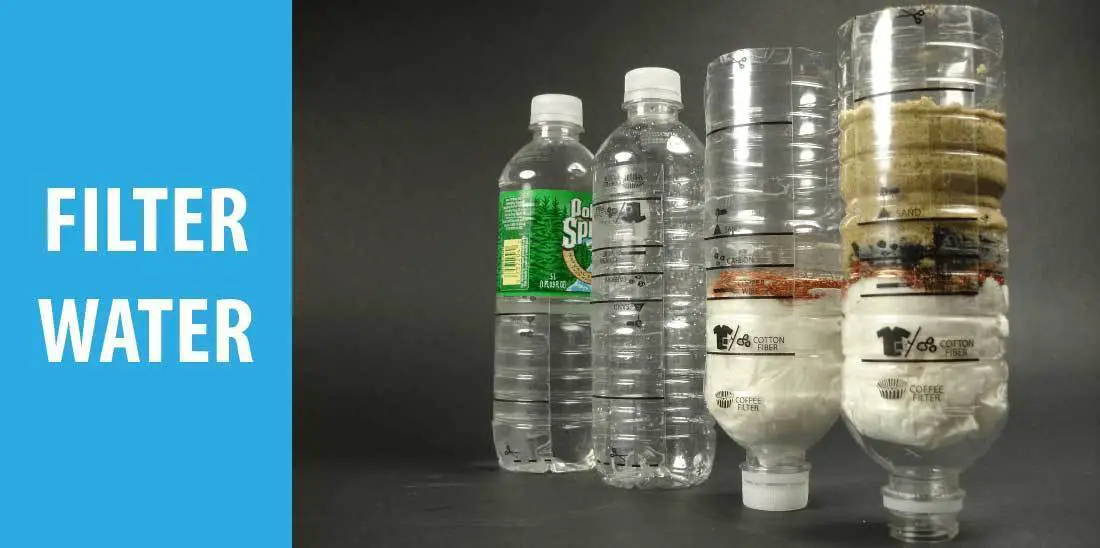

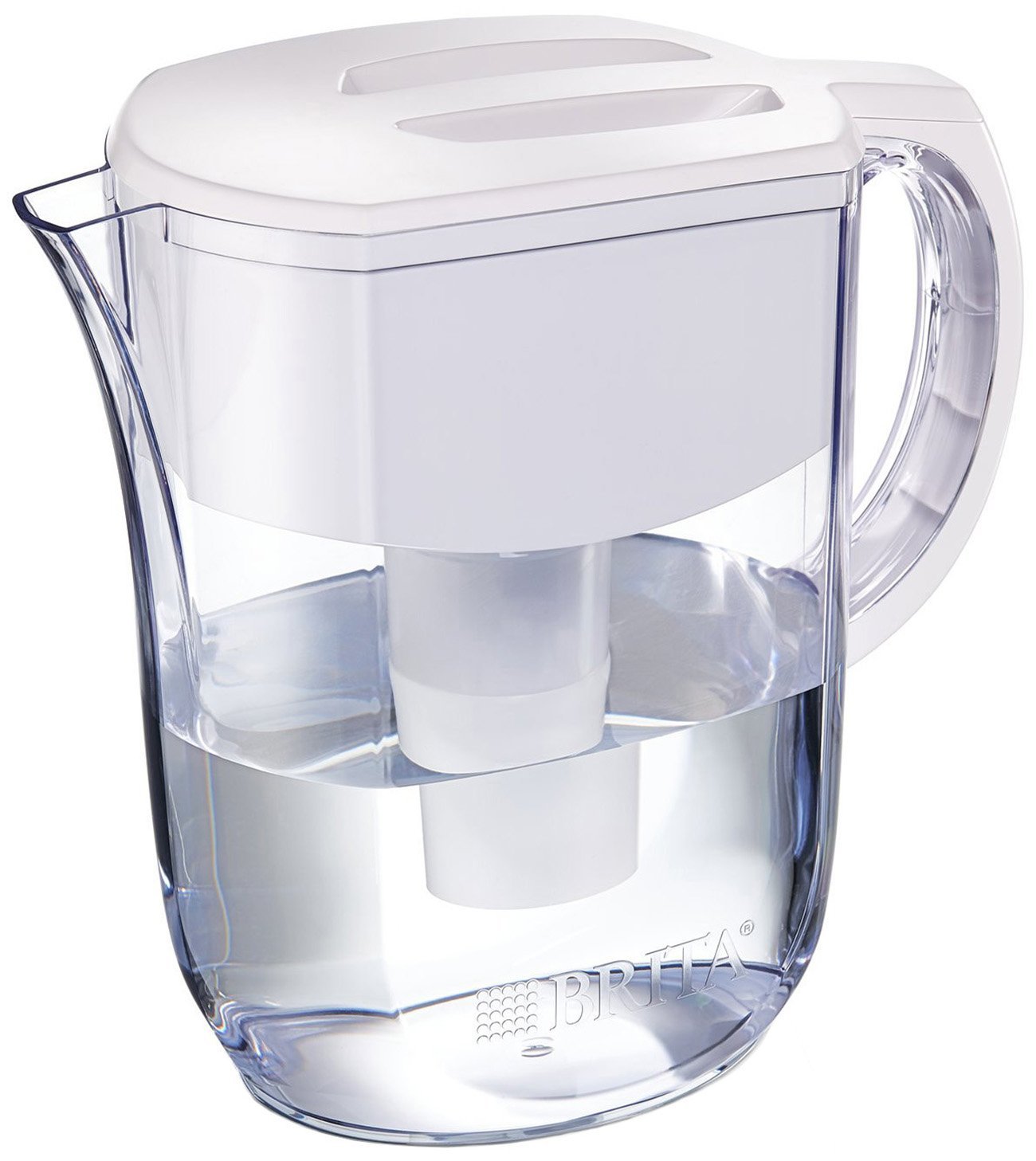

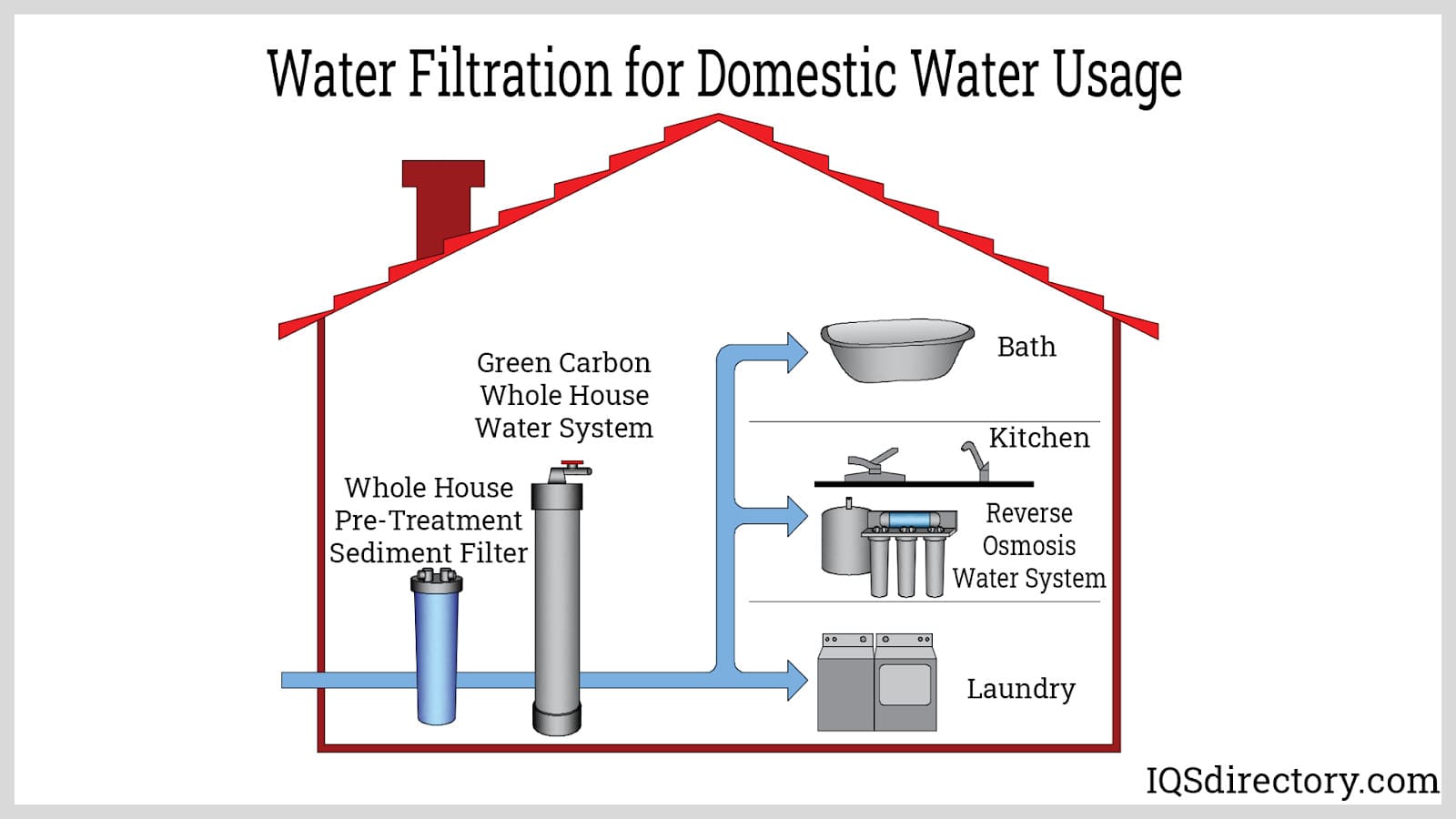
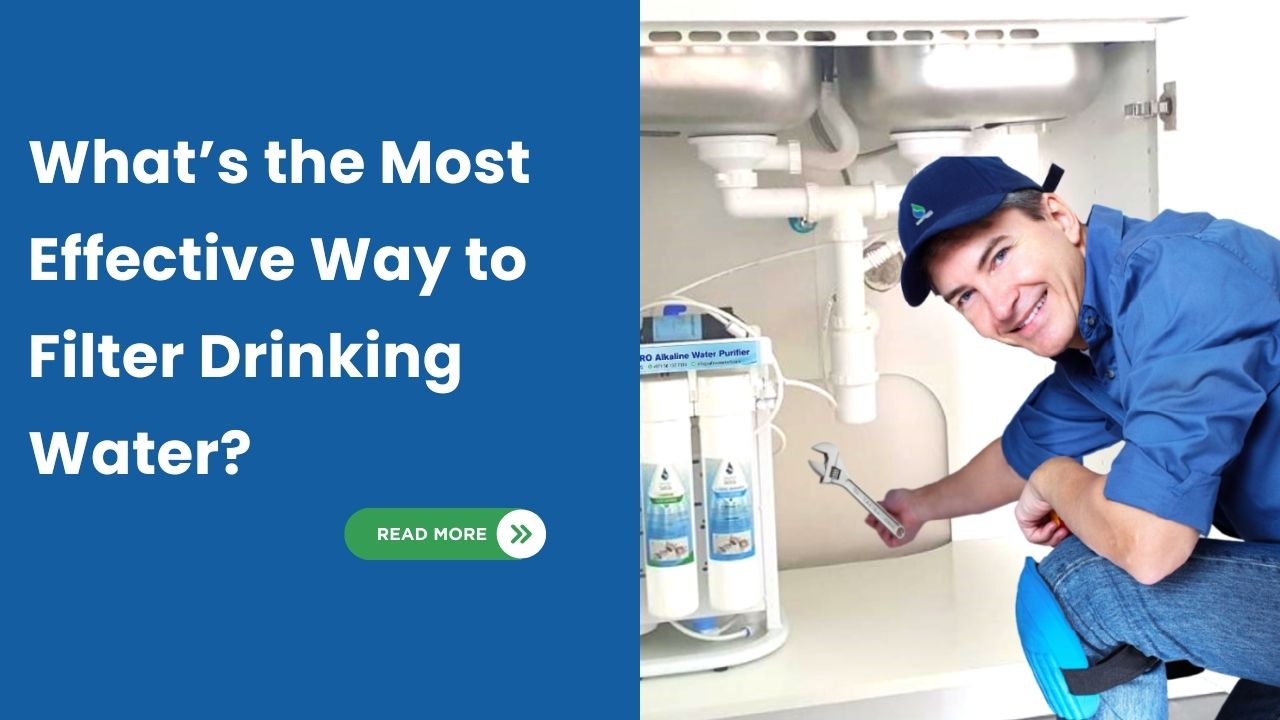

:max_bytes(150000):strip_icc()/websizeWINNERSGRAPHICbrita-longlast-pitcher-black-AC-37938726ff9b46adafb19dd4c9508538.jpg)
